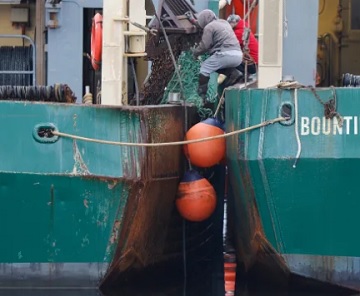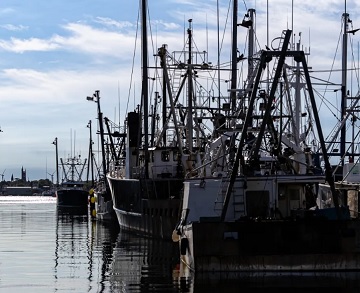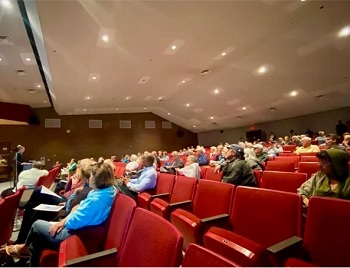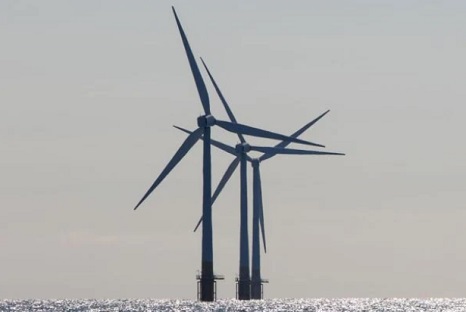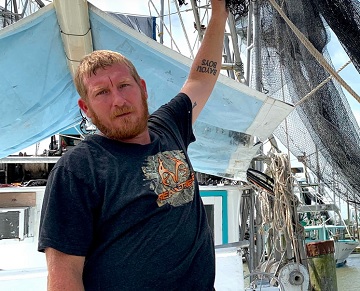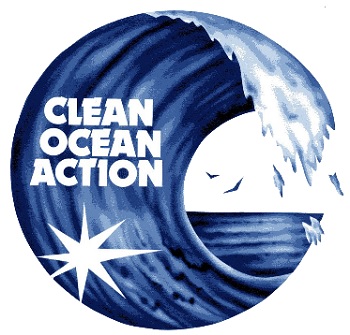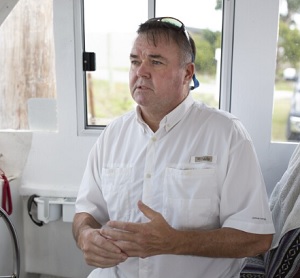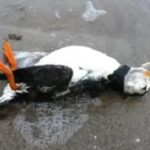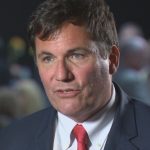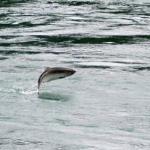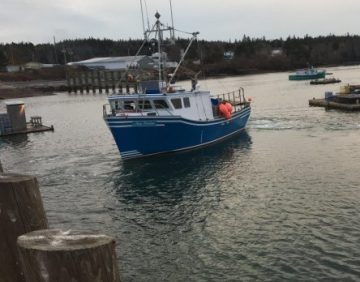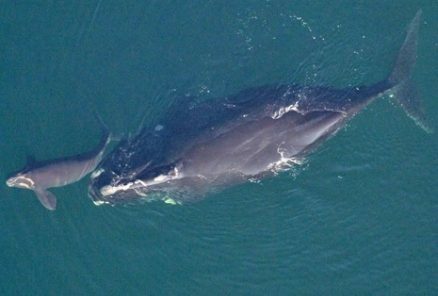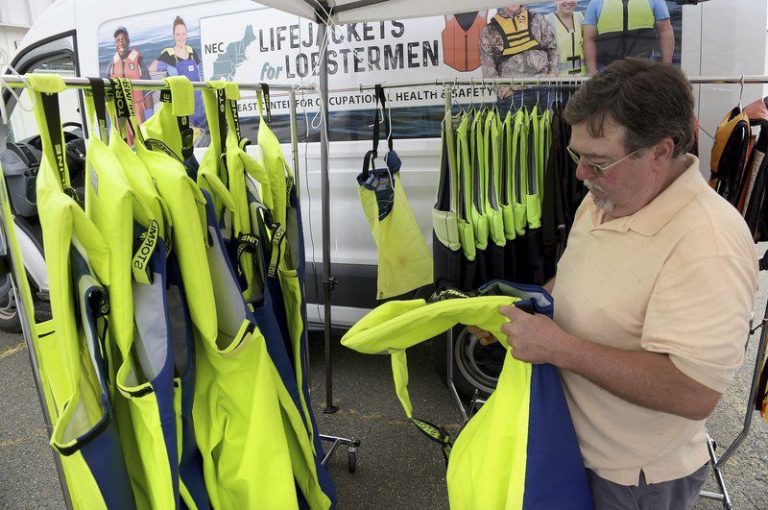Tag Archives: BOEM
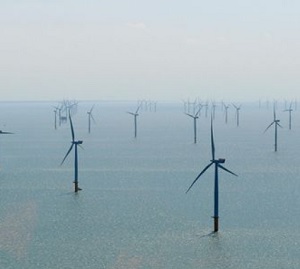
Offshore wind farms threaten New Jersey’s shellfish industry. Should fishing communities be compensated?
Earlier this month, New Jersey announced it would join eight other states that are seeking a regional approach to compensate fishing communities for the impending losses. “Are we going to be allowed to fish inside of them (the wind turbine fields)?” asked Kirk O. Larson, a scallop fleet owner and mayor of Barnegat Light, New Jersey. “Why did (the federal Bureau of Ocean Energy Management) put a wind farm right inside of a scallop area, the most productive scallop area pretty much on the East Coast, not counting Georges Bank.” Shellfish harvesters like Larson are expected face serious financial damage from offshore wind development projects. “I’m not looking for compensation,” said the scallop fleet owner. “I’m looking for work, so I’m not really looking for welfare.” >click to read< 07:43
Markey, Moulton push for national fund to compensate fishermen for losses due to offshore wind >click to read<
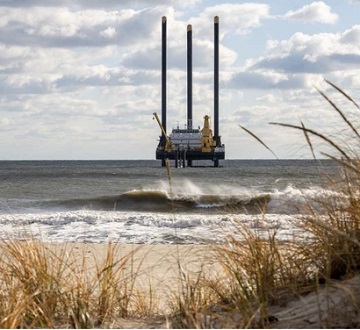
Follow the Science? US Ignored Own Scientists’ Warning in Backing Atlantic Wind Farm
US government scientists warned federal regulators the South Fork offshore wind farm near the Rhode Island coast threatened the Southern New England Cod, a species so venerated in the region a wooden carving of it hangs in the Massachusetts state house. The warnings were delivered in unpublished correspondence weeks before Interior’s Bureau of Ocean Energy Management authorized the 12-turbine South Fork plan in November 2021. And they serve to underscore the potential ecological consequences and environmental tradeoff of a coming offshore wind boom along the US East Coast. President Joe Biden wants the US to deploy 30 gigawatts of offshore wind by the end of the decade. >click to read< 10:15

Wind industry group says turbine restrictions for whales could threaten commercial viability of projects
An organization that represents and lobbies for the wind industry has warned that a recommendation from federal scientists to limit turbines in offshore lease areas to protect the endangered North Atlantic right whale could threaten the commercial viability, efficiency and utilities contracts for some projects. In a letter first published by The Light last month, NOAA scientist Sean Hayes proposed establishing a “conservation buffer” zone or turbine-free area overlapping with wind development planned in Southern New England. But the American Clean Power Association (ACP), which represents the wind industry, said such a buffer would cause the removal of a “significant number” of turbines from several projects. >click to read< 07:29

BOEM and NOAA announce joint strategy for fisheries surveys
BOEM and NOAA Fisheries are announcing a joint strategy to address potential impacts of offshore wind energy development on NOAA Fisheries’ scientific surveys. The Federal Survey Mitigation Strategy underscores the agencies’ shared commitment to the Biden-Harris Administration’s clean energy goals of responsibly advancing offshore wind energy production while protecting biodiversity and promoting ocean co-use. “This joint strategy will help ensure the quality of NOAA’s fisheries surveys and data are maintained while the nation develops offshore wind energy,” said Janet Coit, assistant administrator for NOAA Fisheries,,, >click to read< 08:57
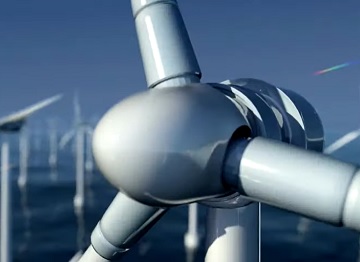
Feds: Whales Must Be Protected from Turbines
Soon after a group of opponents to proposed East Coast offshore wind projects hired a law firm with environmental regulation expertise, the federal Bureau of Ocean Energy Management (BOEM) announced a new plan to protect North Atlantic Right Whales and put it out for public comment. The opponents, with Thomas Jefferson Institute for Public Policy as part of the coalition, had been pointing to the impact of the project on the whales for months and this protection and mitigation plan admits the problem is significant. One apparent result of that will be a major delay in publication of the draft environmental impact statement (EIS) on Dominion Energy Virginia’s Coastal Virginia Offshore Wind (CVOW) project off Virginia Beach. >click to read< 09:48
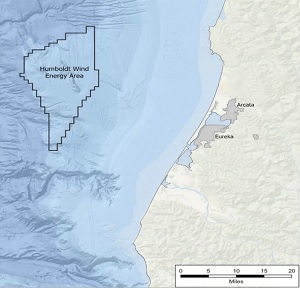
North Coast Fisherman Fear for the Future of Commercial Fisheries as Offshore Wind Efforts Advance
As plans to bring offshore wind to the North Coast move steadily ahead, commercial fishermen are urging federal and state regulatory agencies to pump the brakes. “I want to make one thing clear: Fishermen are not opposing [renewable] projects up here, we’re opposing the loss of thousands of miles of fishing grounds,” If the offshore wind development moves forward as planned, many local fishermen, particularly the trawl and ground fishing fleets, would lose access to grounds they’ve fished for decades. >click to read< 11:29
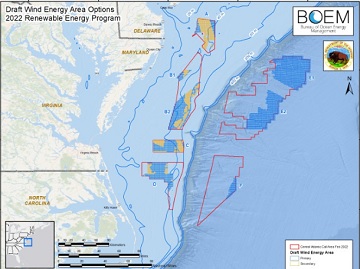
Public comment period opens on draft offshore wind areas
The federal Bureau of Ocean Energy Management on Wednesday announced that a 30-day public comment period has begun on eight draft offshore wind energy areas, including off the North Carolina coast. BOEM said it will hold virtual public meetings to engage the fishing community and environmental organizations to gather more information on the proposed areas and discuss next steps. The proposed areas cover about 1.7 million acres off North Carolina, Virginia, Maryland and Delaware. The distances to their closest points range from about 19 to 77 nautical miles offshore. >click to read< 08:10
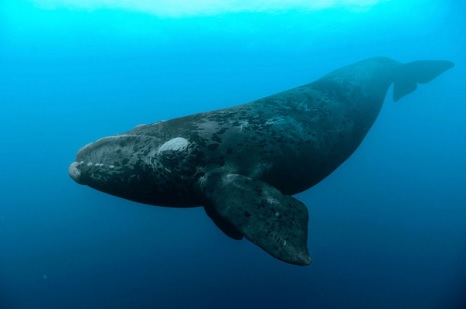
No Fluke: Locals Fight Offshore Wind Power Project That Threatens Mass Whale Wipeout
If the wind industry gets its way, it’s curtains for the already endangered Atlantic Right Whale. Taking giant industrial wind turbines offshore threatens whales of all shapes and sizes, including the Atlantic Right Whale. Whales already have plenty of offshore industrial activity to contend with. However, where oil and gas extraction, international shipping, and commercial fishing have obvious embodied economic benefits, the only economic benefit derived from wind power is the subsidies it attracts. No subsidies. No wind power. It’s that simple. >click to read< 12:55

Central Coast Fishing Industry and Castle Wind LLC Announce Formation of New Mutual Benefits Corporation
The Morro Bay Commercial Fishermen’s Organization, the Port San Luis Commercial Fisherman’s Association, and Castle Wind LLC (C, a joint venture between Trident Winds Inc. and TotalEnergies Renewables USA, are pleased to announce the formation of the Morro Bay Lease Areas Mutual Benefits Corporation. The purpose of the Morro Bay MBC is to facilitate communication, coordination, and cooperation between the California Central Coast commercial fishing industry and offshore wind project developers, as well as to provide financial resources in furtherance of California Coastal Act policies. Morro Bay MBC creates a pathway for the industry to demonstrate to the fishermen and fishing communities, to BOEM, and to the California Coastal Commission, the commitment of project developers to responsible offshore wind development that protects and supports a sustainable commercial fishing industry. >click to read< 10:30
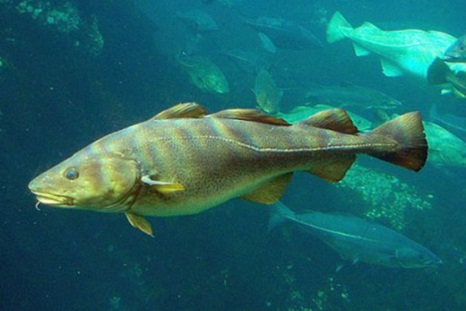
Ocean Industrialization: Fishing regulators fear wind turbines could threaten spawning area for Atlantic cod
It is the largest offshore HAPC designation in the region. Yet a main concern is cod spawning grounds in a smaller region within the designation, just east of Block Island. That area, known as Cox Ledge, overlaps with some 250 square miles currently leased to developers Ørsted and Eversource for their joint wind energy project: South Fork Wind. It is one of only two offshore wind projects that have completed the federal permitting process. “We are really going about the wind farm development very quickly,” said Kevin Stokesbury, a fisheries science professor at UMass Dartmouth, who studies cod in the Gulf of Maine. “It’s going to be quite a dramatic change to the ecosystem out there.” “We’ve all made sacrifices so cod can recover,” said Capt. Tim Rider, who fishes for groundfish and scallops. “Now they’re going to put a wind farm there,” he said of the cod spawning grounds. “How about they put it somewhere that might not be as intrusive.” >click to read< 11:05
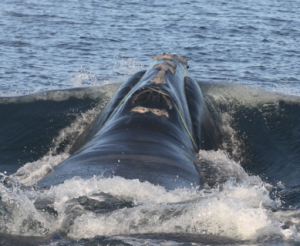
Save Right Whales from Radical Environmentalists Who Exploit Them
Americans agree with protecting the endangered Northern Atlantic right whale. But true conservation efforts don’t necessitate displacing lobstermen and recreational anglers in the process. With fewer than 350 whales left, ambulance-chasing opportunists masquerading as conservationists conveniently swoop in on the whale’s behalf only to leave economic —and environmental—destruction in their paths. This endangered whale requires protection from radical environmentalists who exploit them. Preservationists purporting to care about its well-being, however, distort the threats posed to the whales. >click to read< 08:06
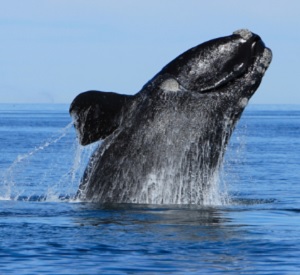
Proposed Virginia offshore wind farm threatens North Atlantic Right Whales
The proposed Coastal Virginia Offshore Wind Project is directly in the NARWs’ annual migration path. Dominion Energy has applied to erect 176 wind turbines, covering an area of approximately 10 miles by 15 miles—equal to the size of 85,000 football fields or the city of Tampa, Florida—located 27 miles off the coast of Virginia Beach. Each turbine will sit atop a monopole extending a minimum of 80 feet into the water and about 120 feet into the ocean floor, and its height above the water will top 620 feet. That’s higher than the Washington Monument, which is 555 feet tall. “How to kill whales with offshore wind?” Wojick asks. “Just push them into traffic. The collision deaths would not be directly attributable to the wall of noise created by the OSW project, so who would know?” >click to read< 08:55
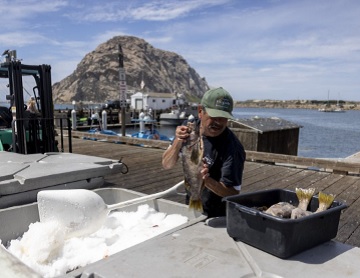
California Offshore Wind Projects Face Hurdles as Pressure Groups, Industry Interests Weigh In
As the Biden administration plans for the country’s first West Coast offshore wind turbines, interests ranging from commercial fishing fleets to powerful environmental groups are complicating the road ahead for the California projects. Some fishermen are worried about losing access to swaths of rich fishing grounds, where they would have to stop towing nets that could get caught on underwater cables. Lori Steele, executive director of the West Coast Seafood Processors Association, said offshore wind power projects threaten an industry that also must deal with depleted fish stocks and soaring coastal real-estate prices. “We’re struggling to make sure that people understand that, just because you can’t see it, that doesn’t mean it’s not having an impact,” she said. There is early discussion about creating fishing compensation funds, similar to ones created by East Coast projects for financial losses, “but the industry doesn’t want to be bought out,” she said. >click to read< 08:08
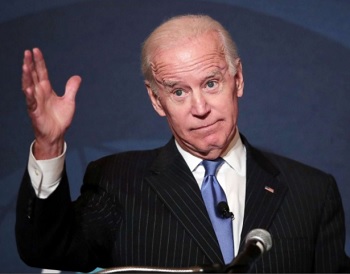
US Advances Plans for Offshore Wind in Maine
The U.S. Department of the Interior announced next steps to bring offshore wind energy to the Gulf of Maine. “President Biden has set ambitious goals to address the climate crisis, and in response the Interior Department is taking historic steps to develop a robust and sustainable clean energy future,” said Secretary Deb Haaland. “Today’s announcement for the Gulf of Maine represents one of the many milestones that this Administration has achieved to advance offshore wind development, create good-paying jobs, lower consumer energy costs, while collaborating with our government partners, Tribes and key stakeholders to protect biodiversity, advance environmental justice and safeguard other ocean uses.” >click to read< 15:33

Protect Our Coast NJ cites offshore wind farm’s ‘negative impacts’
Protect Our Coast NJ, a group dedicated to stopping the Ocean Wind 1 wind turbine project, has weighed in on the federal Bureau of Ocean Energy Management’s Draft Environmental Impact Statement, pointing out the areas the 1,400-page document shows dangers to the region. Meanwhile, Ocean Wind said it is finalizing comments that it plans to publicly release on points the project developers believe should be addressed in the Final Environmental Impact Statement. A statement released Monday said it has already taken steps to minimize the project’s impact. The public comment period on the draft statement, or DEIS, closes Aug. 8. Most commenters either roundly supported the job creation they expect from Ocean Wind 1 and a series of other wind turbine projects off the coast, or they attacked the project for the harm they believe it will cause to marine mammals and the tourism, commercial fishing and recreational fishing industries. >click to read< 09:09
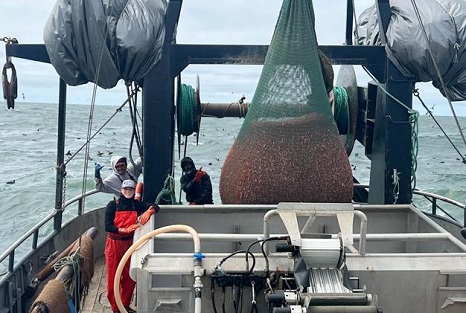
Floating offshore wind generator proposals worry fishing industry
From her home overlooking Yaquina Bay on the Oregon coast, Kelley Retherford can watch as commercial fishing boats arrive at the nearby Port of Newport, delivering their catch to one of several seafood processors that line the waterfront. Saltwater is in her family’s blood, she said. Along with her husband, Mike, and their four adult children, they own and operate four fishing trawlers, harvesting everything from Pacific whitefish and hake to pink shrimp and Dungeness crab. That way of life, however, may be disrupted by a growing interest in offshore wind generators to help achieve ambitious government-mandated zero-carbon energy goals. photos, >click to read< 18:50

Proposed N.J. wind farm could have major impact on area fisheries, draft report says
A proposed wind farm off the Jersey Shore could significantly affect local fisheries and boat traffic but generally have little impact on tourism and marine life while helping to move away from oil and gas, according to the draft environmental impact statement released Friday by the Bureau of Ocean Energy Management. The impact statement is the next step toward winning federal approval for Ocean Wind, a wind farm to be built by the Danish energy company Ørsted and PSEG. The draft statement addressed concerns by officials in some New Jersey beach towns that the turbines would spoil the ocean views and discourage tourists from returning. >click to read the foolishness< 14:18

Most folks along the Oregon Coast don’t want huge wind farms that threaten fishing areas
On June 15th the federal government, aka Bureau of Ocean Energy Management, will be in Newport to hear public comment on plans to install huge wind farms right off the Oregon Coast. Although BOEM, a federal agency, is angling for major quantities of wind-generated electricity for those living and working along the coast, especially in the fishing industry, don’t want any twirling wind turbines because, they say, energy can be developed on land far cheaper and more reliably. Commercial fishermen are absolutely opposed to placing windmills offshore because they will take fishing areas that are now devoted to commercial fishing. Public meeting details, >click to read< 10:14
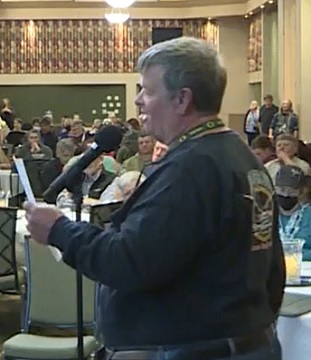
Community meeting sees scathing opposition to offshore wind farm in Coos Bay and Brookings
Between one to two hundred concerned residents and stakeholders packed the Salmon Conference room of the Mill Casino last night in the small coastal town of North Bend expressing opposition to over one million acres of wind farms slated for the offshore areas of Coos Bay and Brookings. Concerns raised came mainly from commercial fishers that live and/or fish in the area and worry about impacts to the industry. Several residents that are not involved in the industry also expressed concerns about impacts to the environment and wildlife. Last week the agency announced the Brookings and Coos Bay call areas where it plans to open leases for 1,158,400 acres of wind turbines that would be put in at least 12 nautical miles offshore. >click to read< 17:12
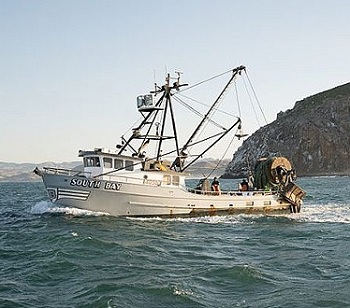
Commercial fishermen talk offshore wind concerns
Offshore wind energy is one step closer to becoming a reality on the Central Coast, and with it, hundreds of potential jobs and renewable energy generation that will be much needed when the Diablo Canyon Power Plant closes. But the local commercial fishing industry continues to raise concerns over how such an undertaking will impact their livelihoods. BOEM released its draft environmental assessment for leasing the Morro Bay Wind Energy Area earlier this month and heard public comment on the report at an April 14 meeting. Further environmental assessment will be required before a wind farm project is actually approved and built—this draft just looks at the impacts of the leasing process. >click to read< 10:08
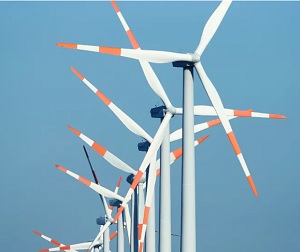
California takes step toward first offshore wind farm
The California Coastal Commission voted unanimously to pave the way for the West Coast’s first offshore wind farm that if ultimately approved and built would occupy roughly 206 square miles of ocean about 20 miles west of the town of Eureka, Calif. “This is truly historic,” said commission chair Donne Brownsey just before the unanimous vote was taken. Not everyone agrees. Specifically, commercial fishermen said the waters off of Eureka are some of the most valuable on the entire West Coast and cordoning more than 200 square miles will have a dramatic impact on their business. >click to read< 11:44






